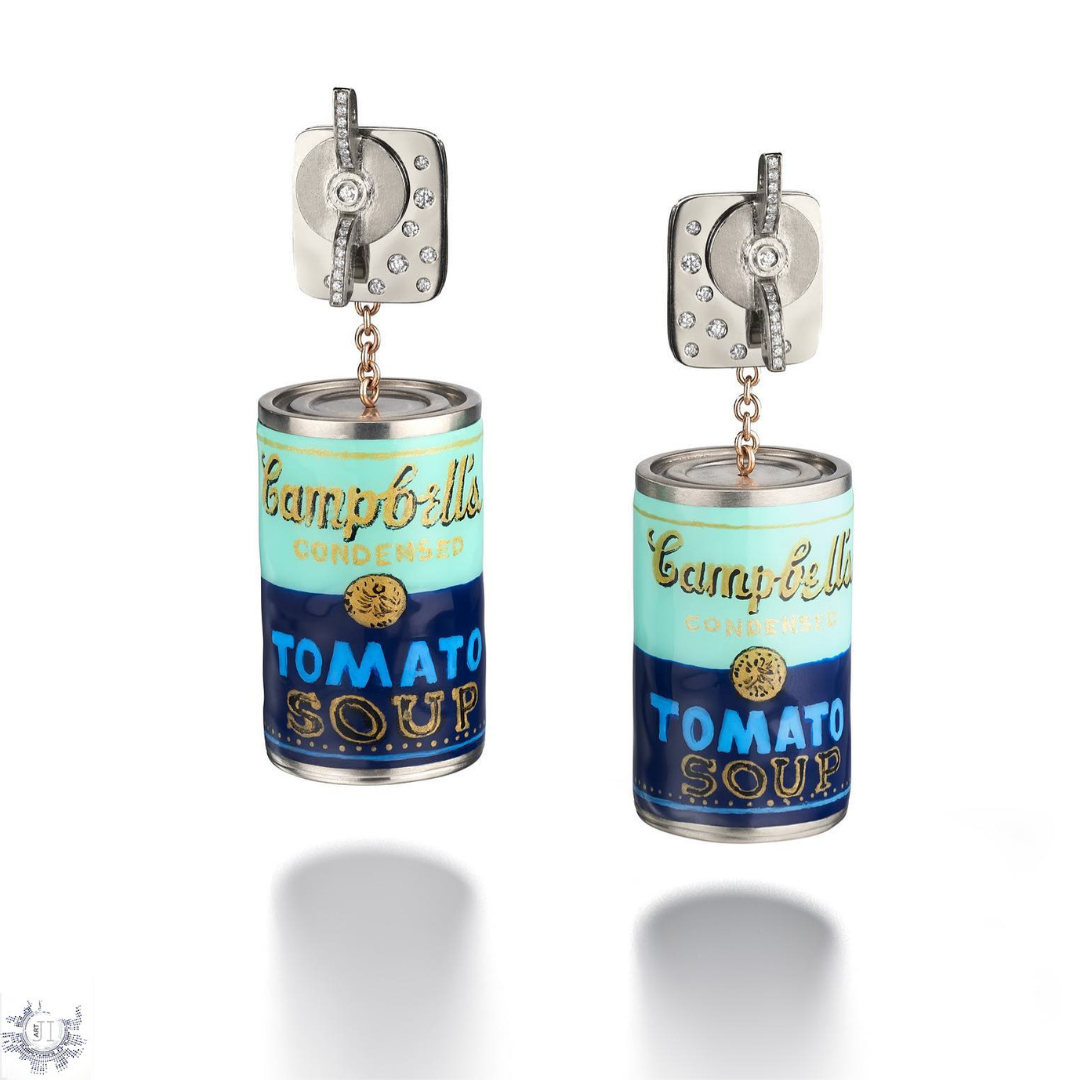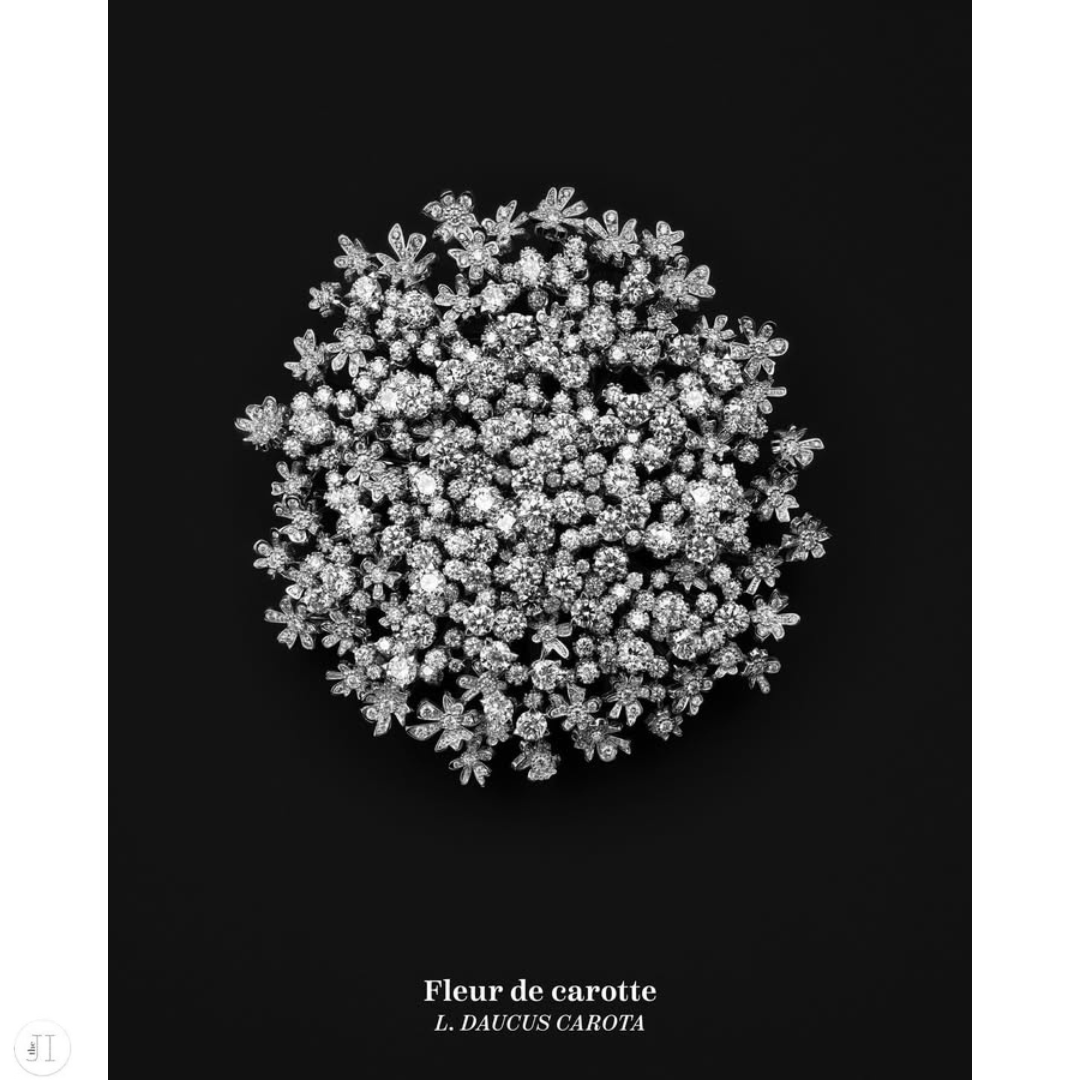SUZANNE SYZ: ARTIST, COLLECTOR, WINEMAKER

Suzanne Syz, a woman of singular charisma and artistic allure, is driven by an insatiable desire to create. In the electric ambiance of 1980s New York City, she found herself amidst luminaries such as Andy Warhol and Jean-Michel Basquiat, a coterie of avant-garde minds, and the very essence of contemporary art. It was here that she imbibed the energy, raw input, boundless creativity and profound love for the avant-garde that would come to define her journey.








